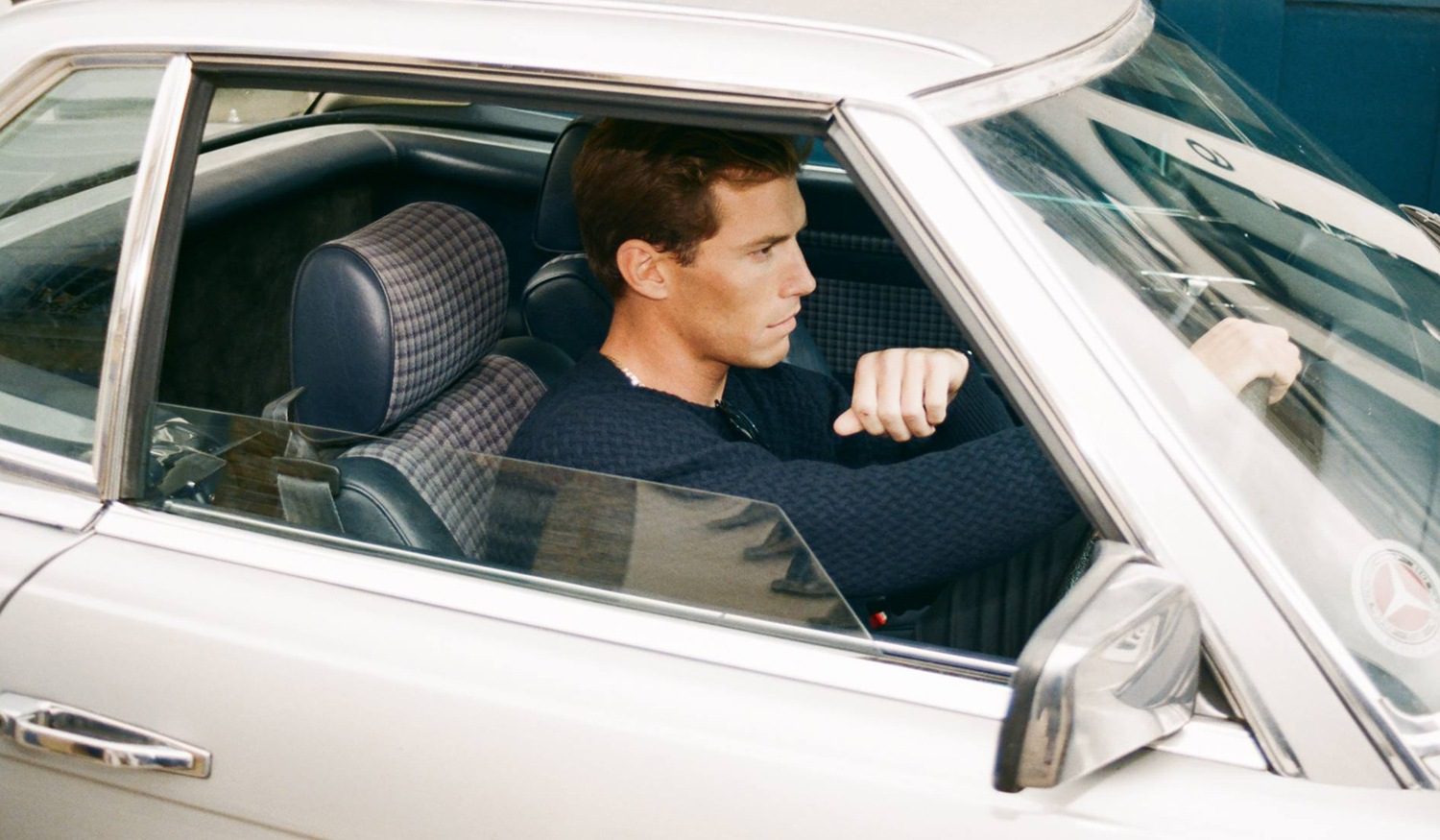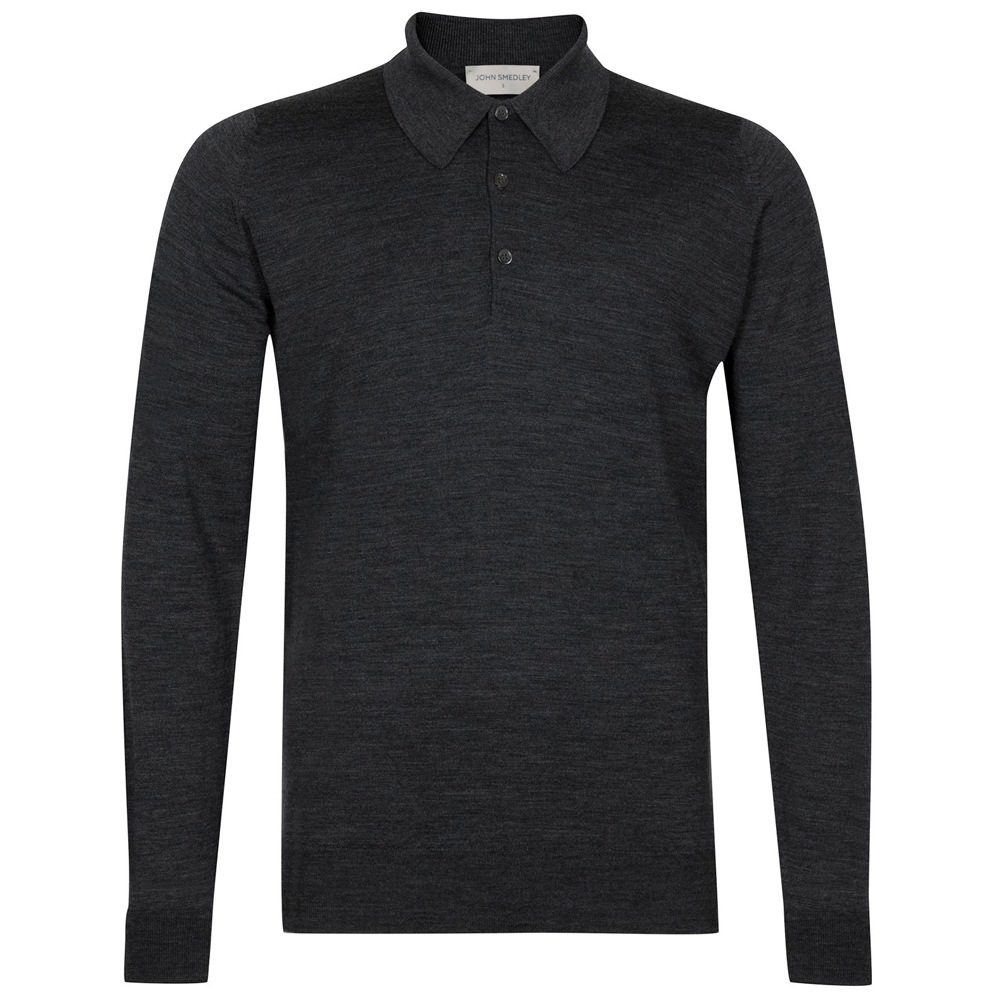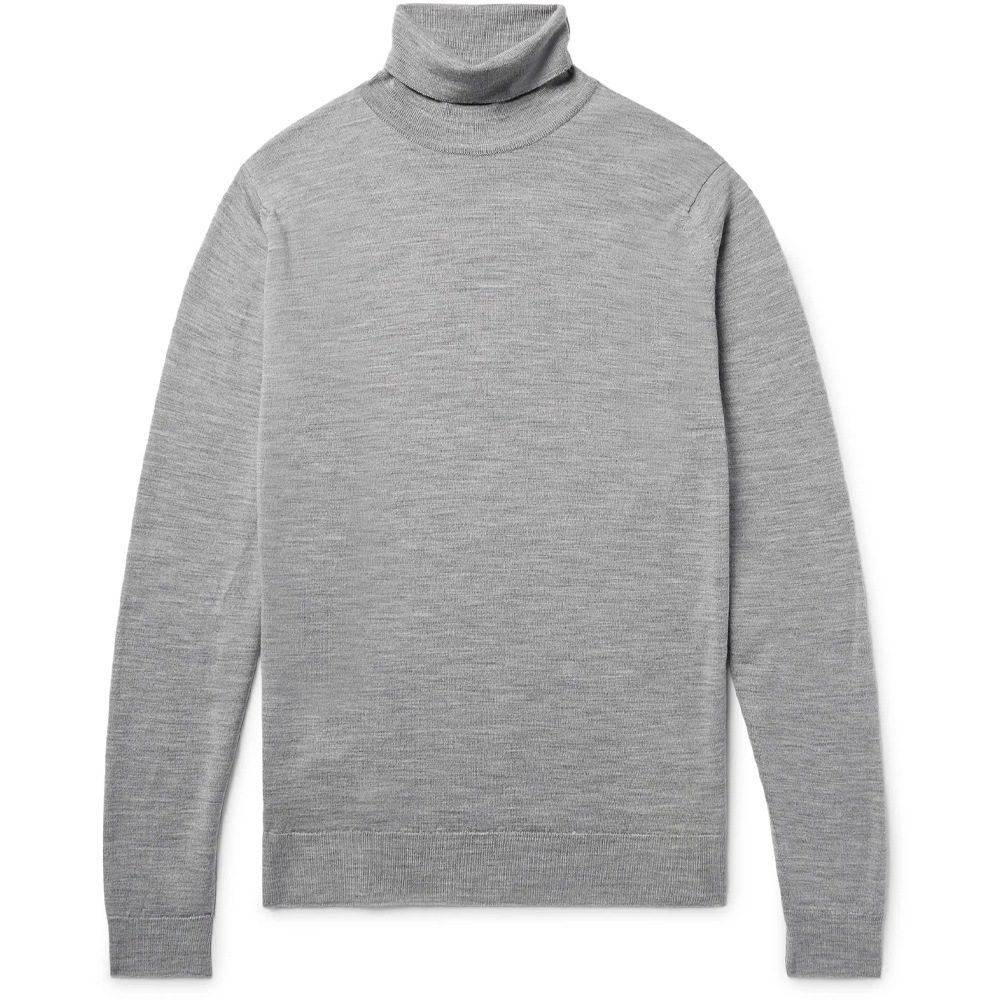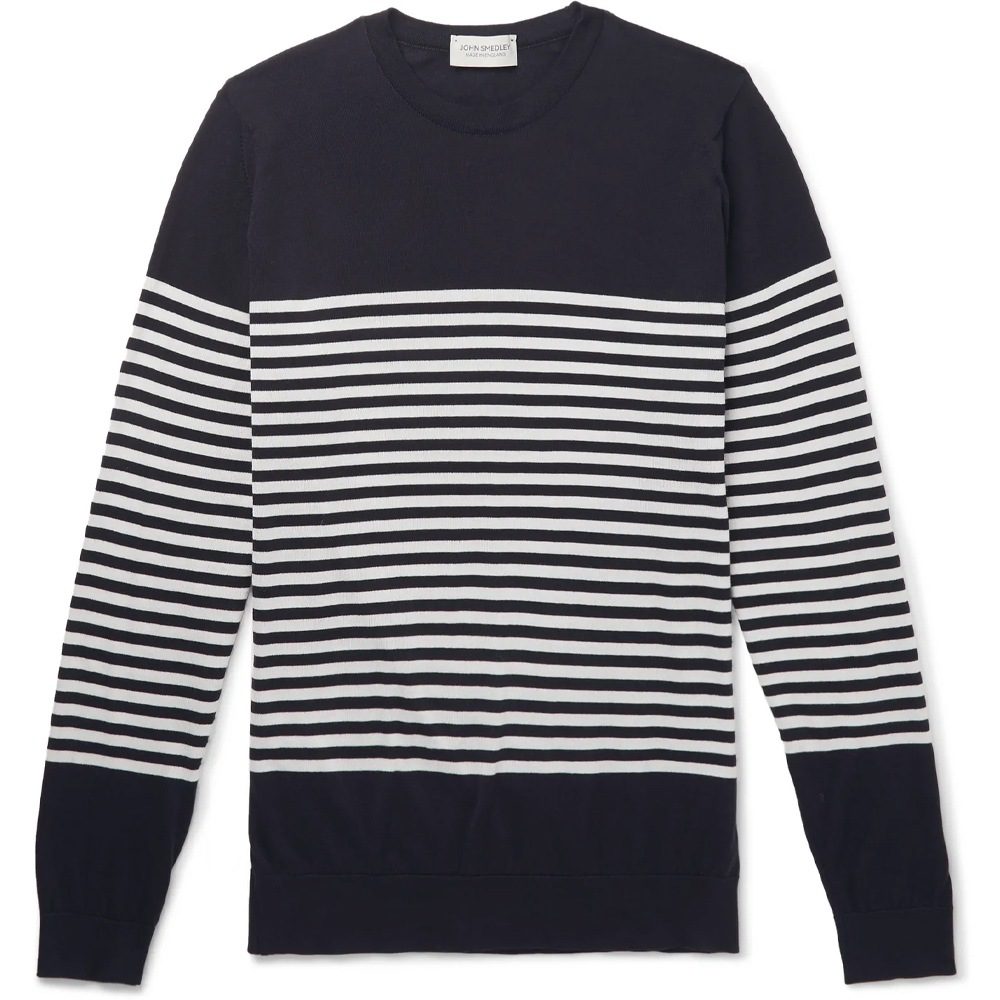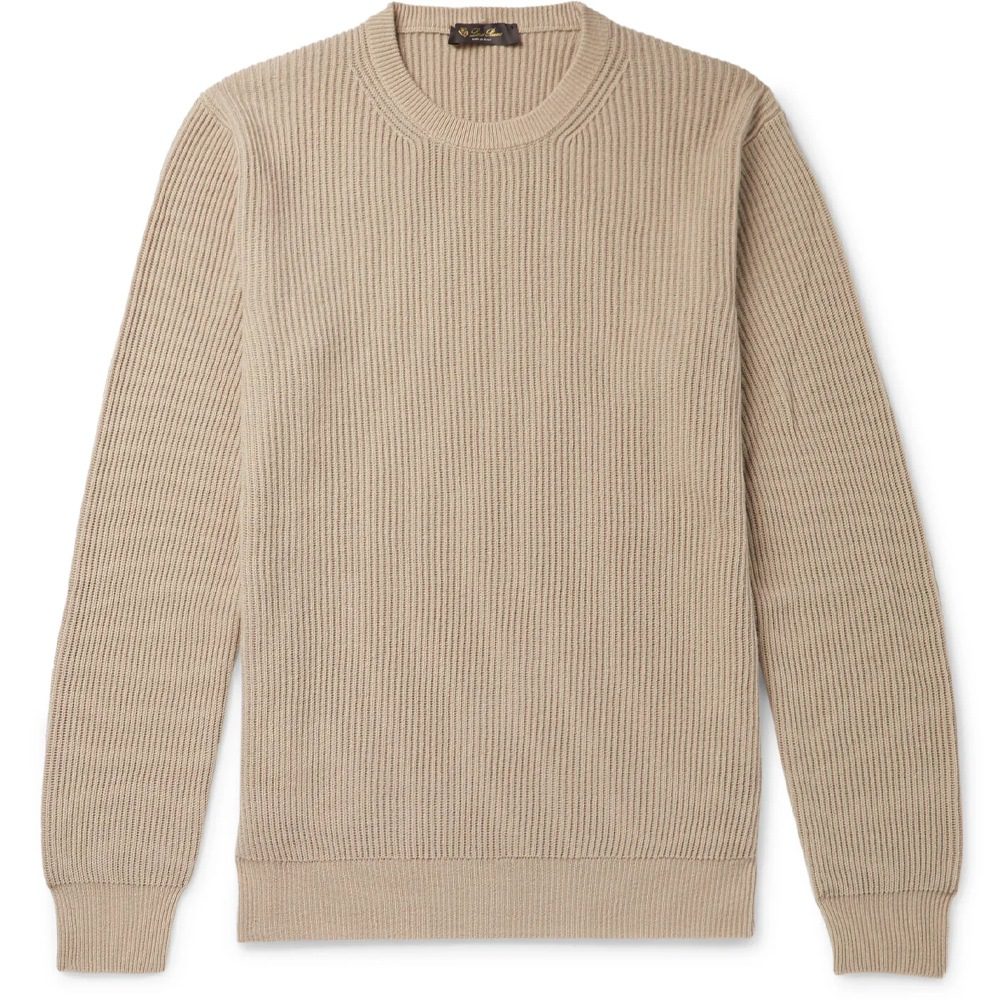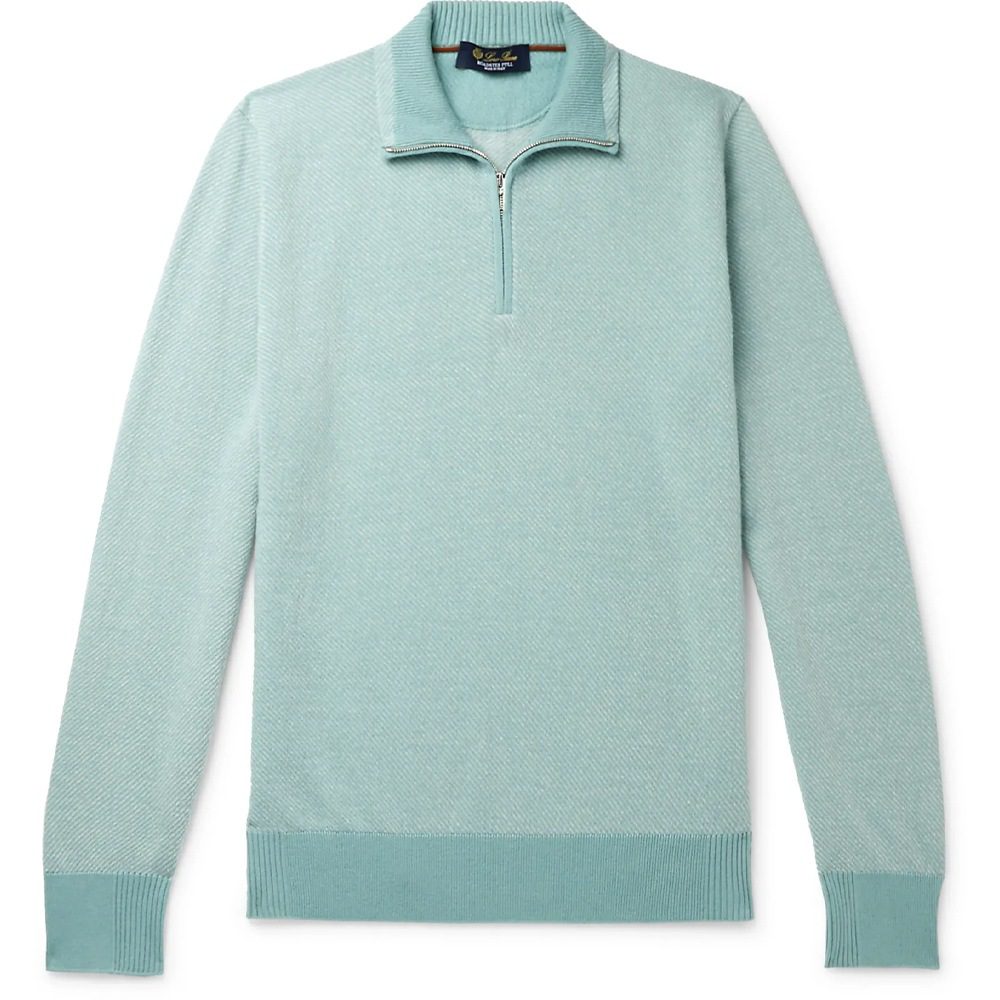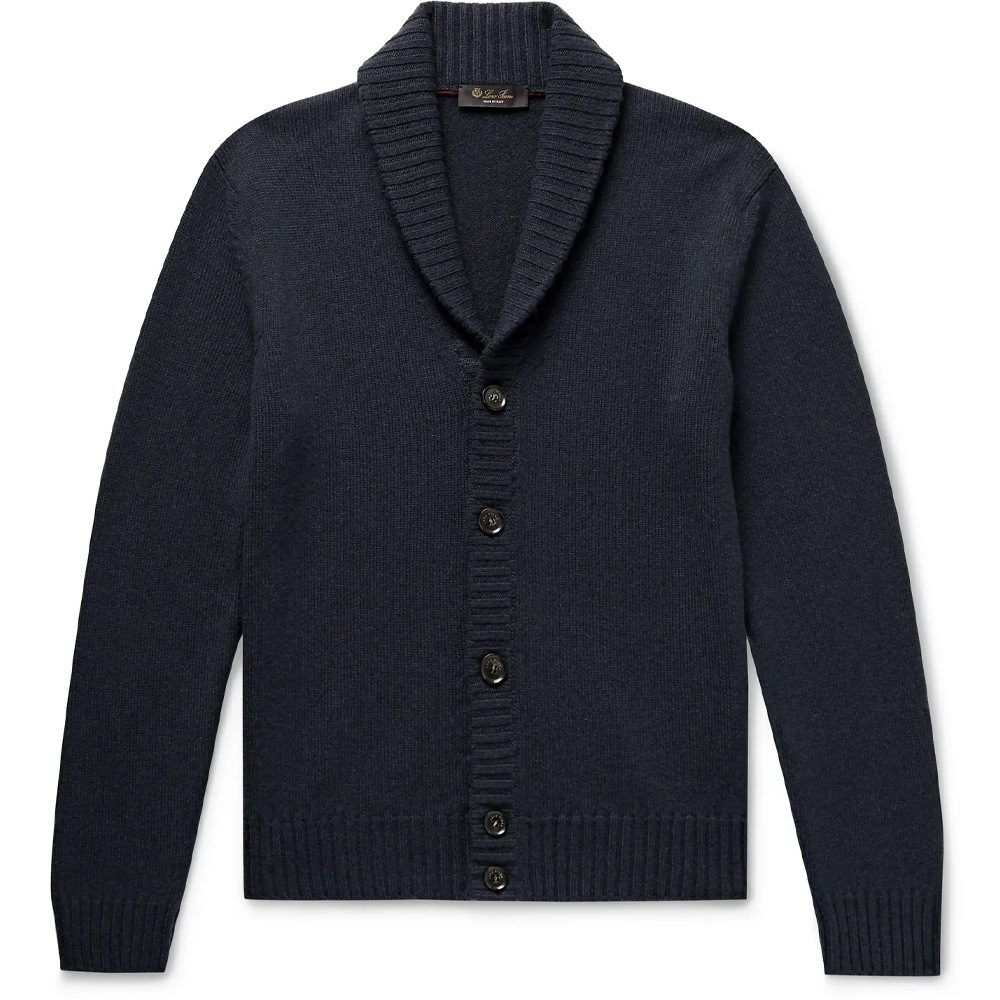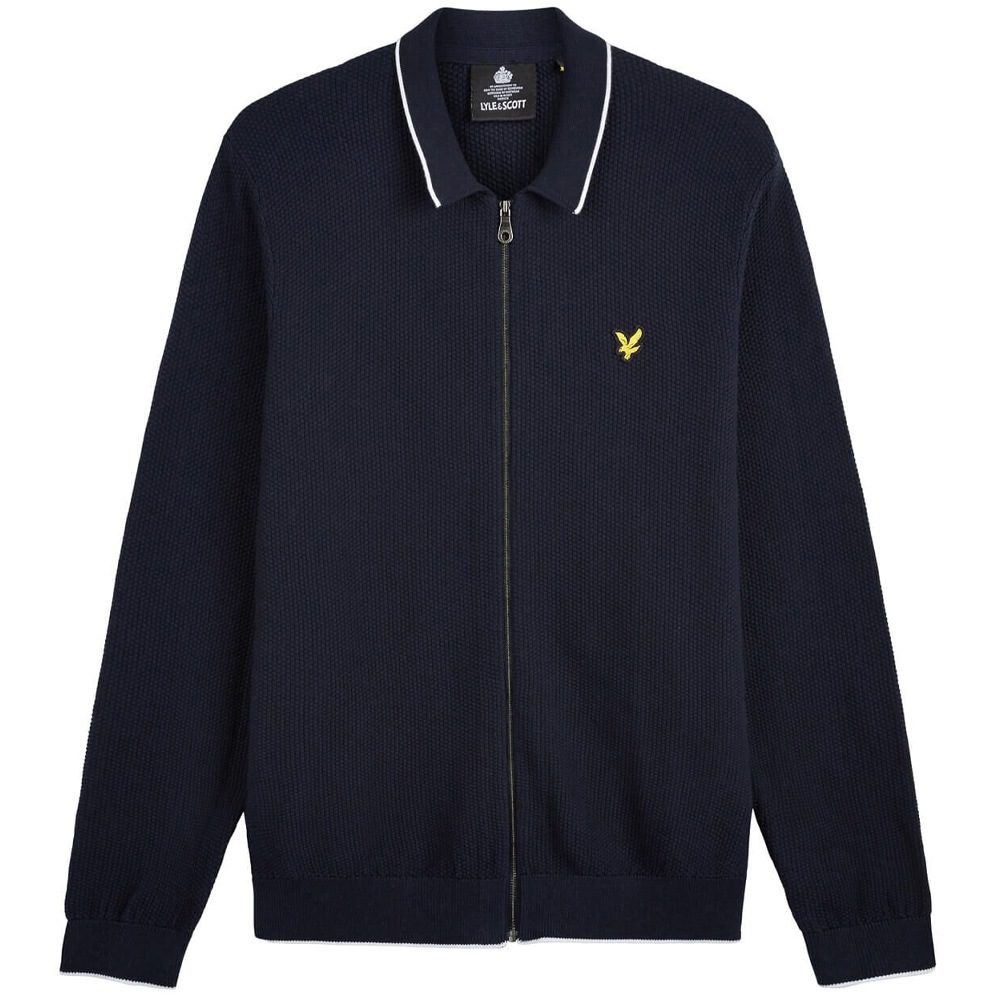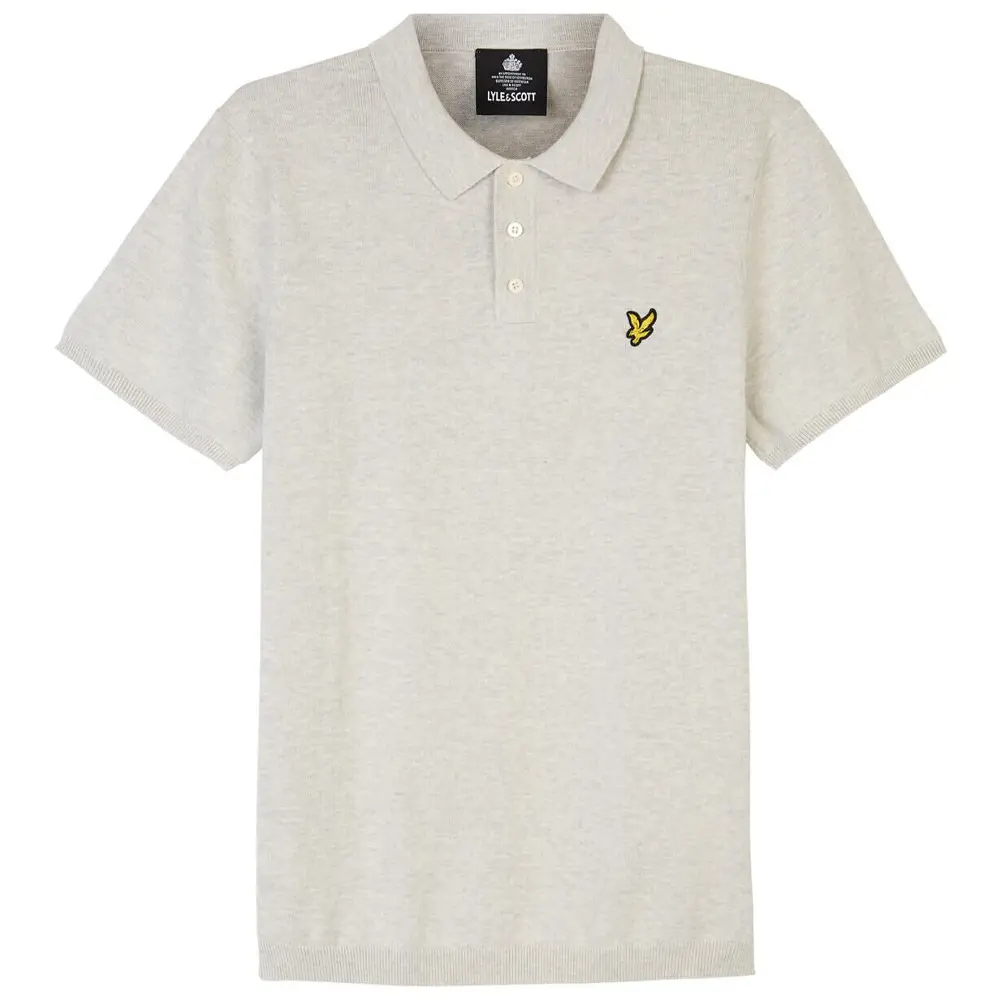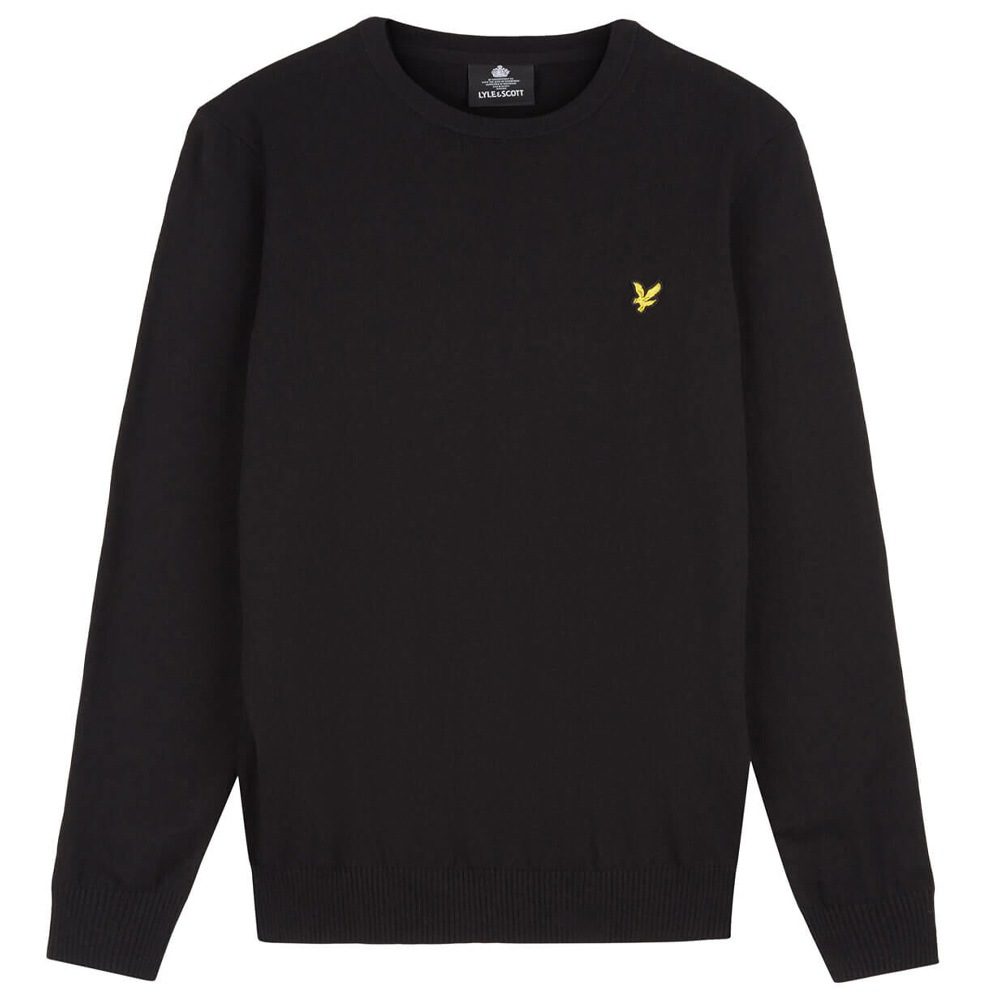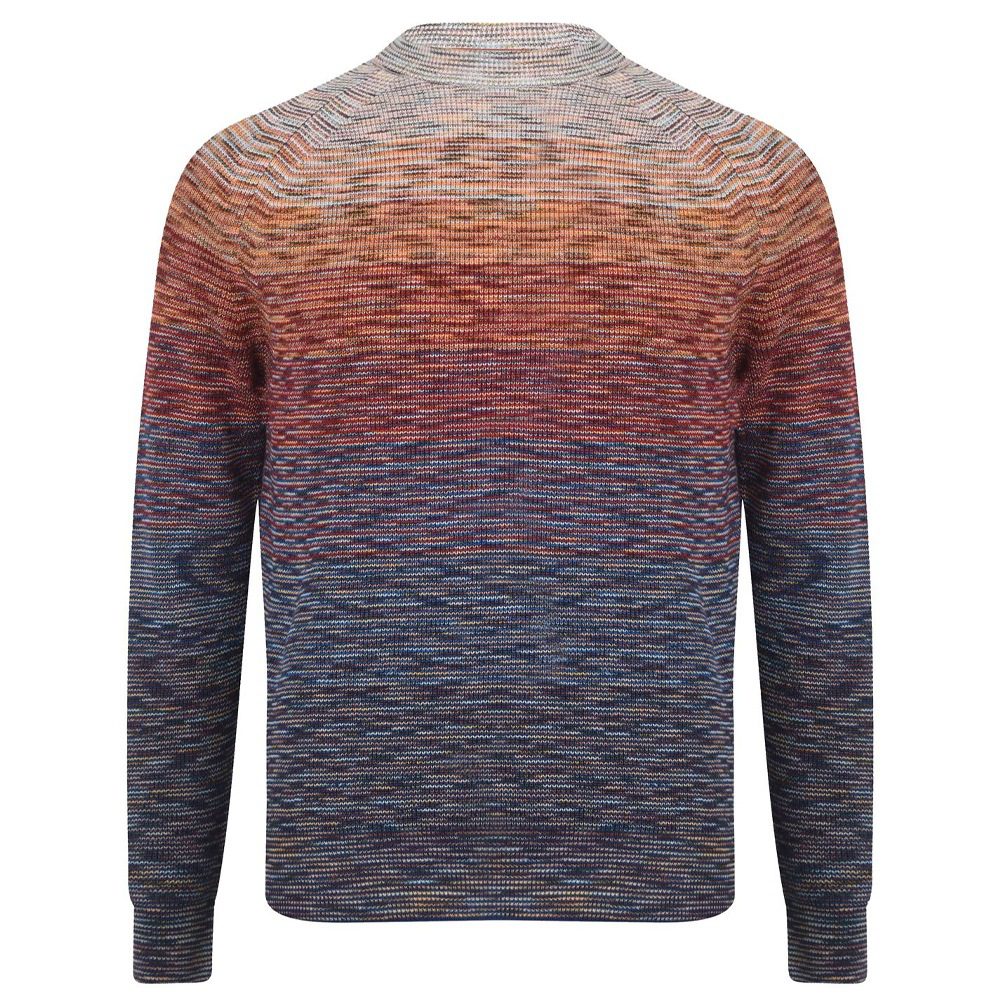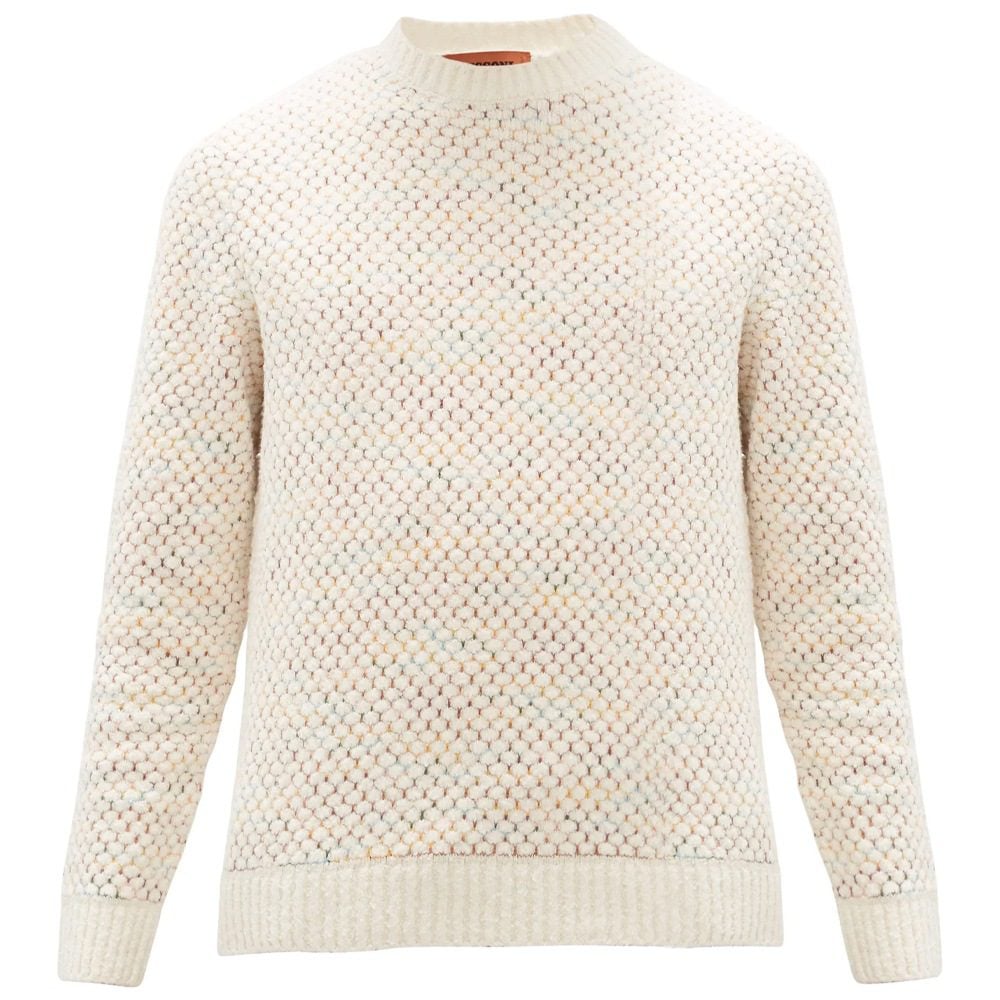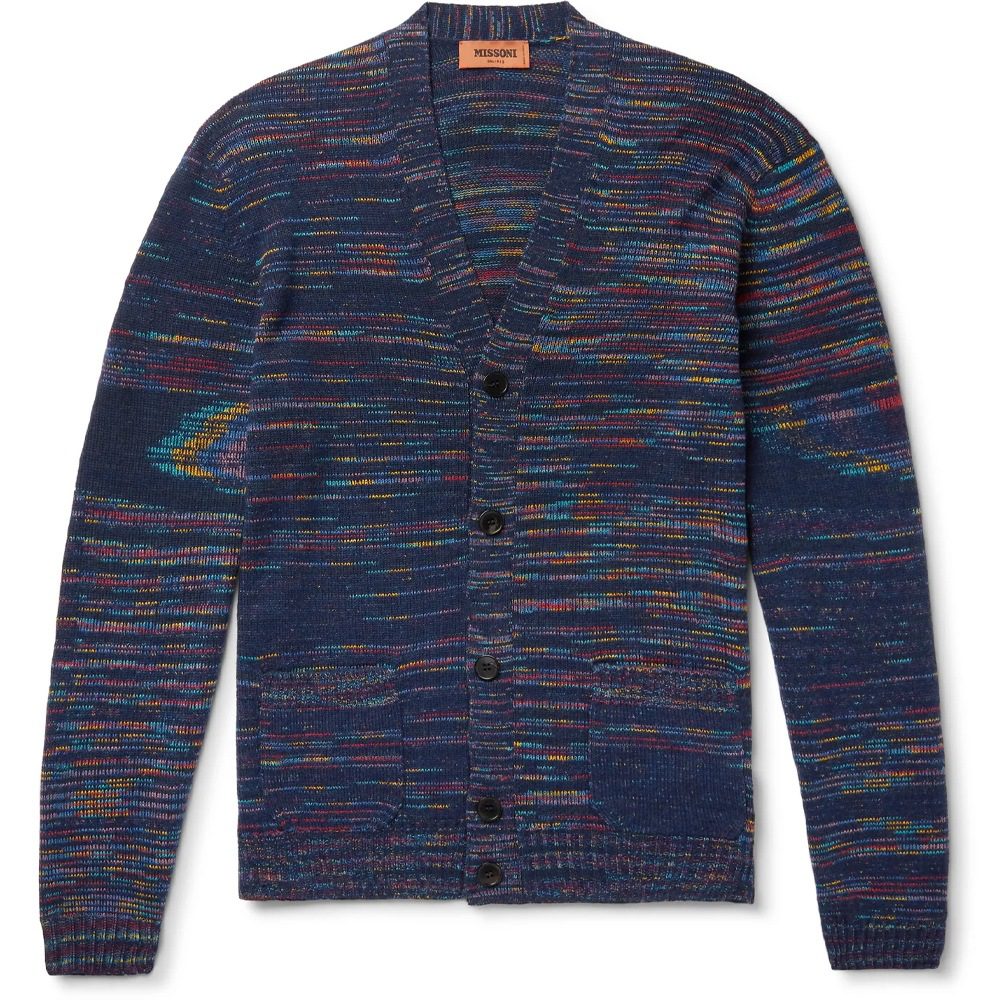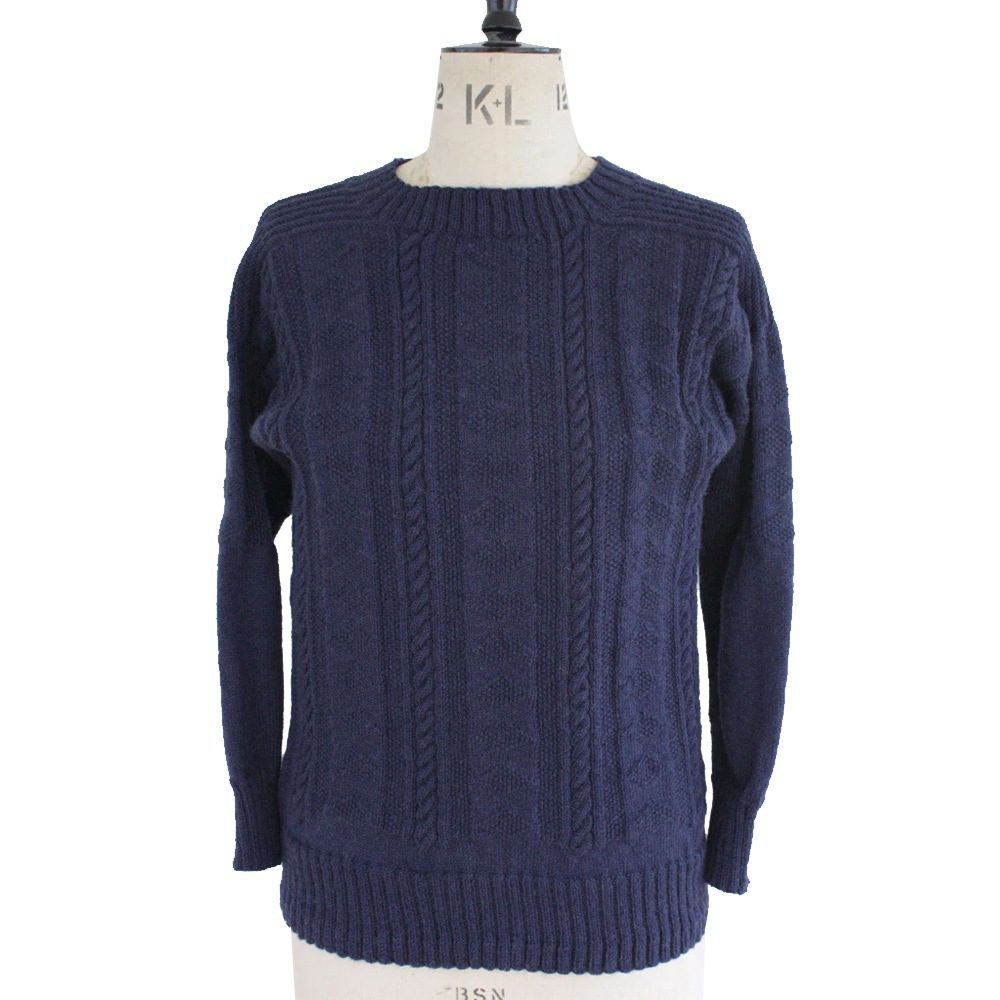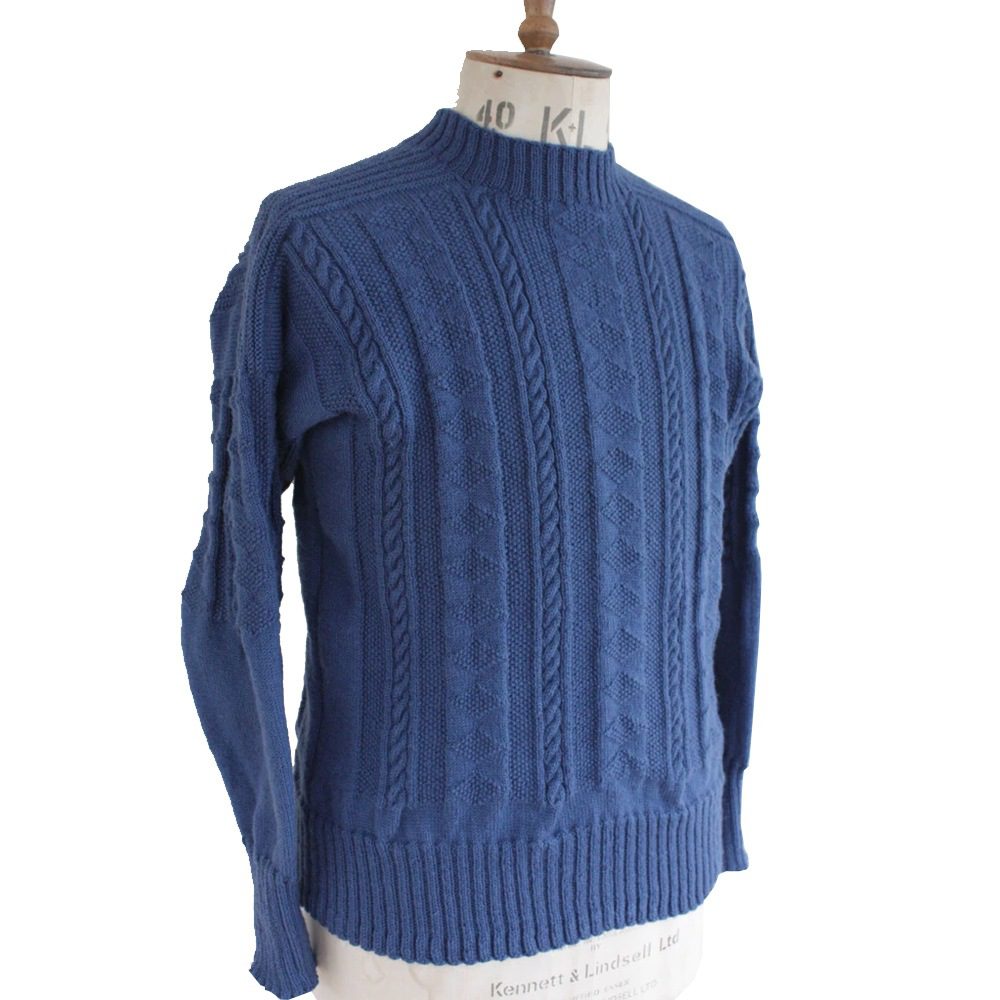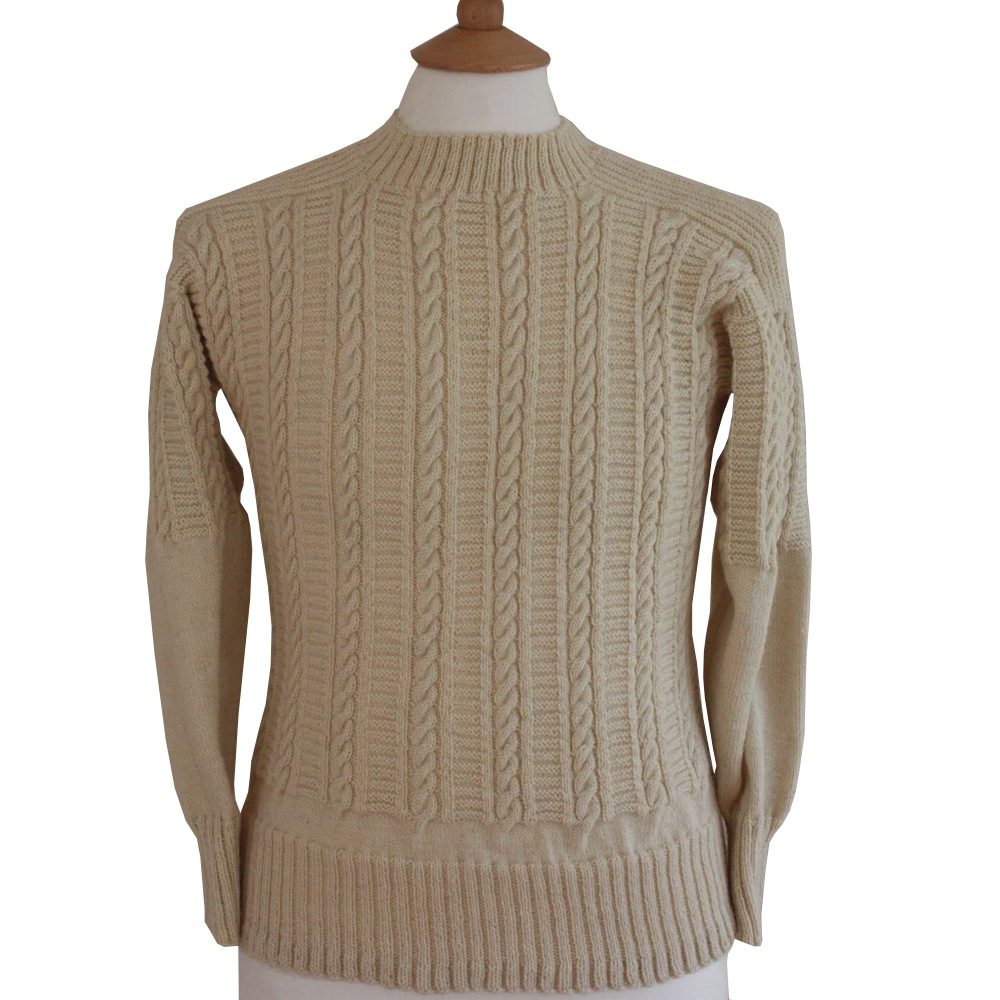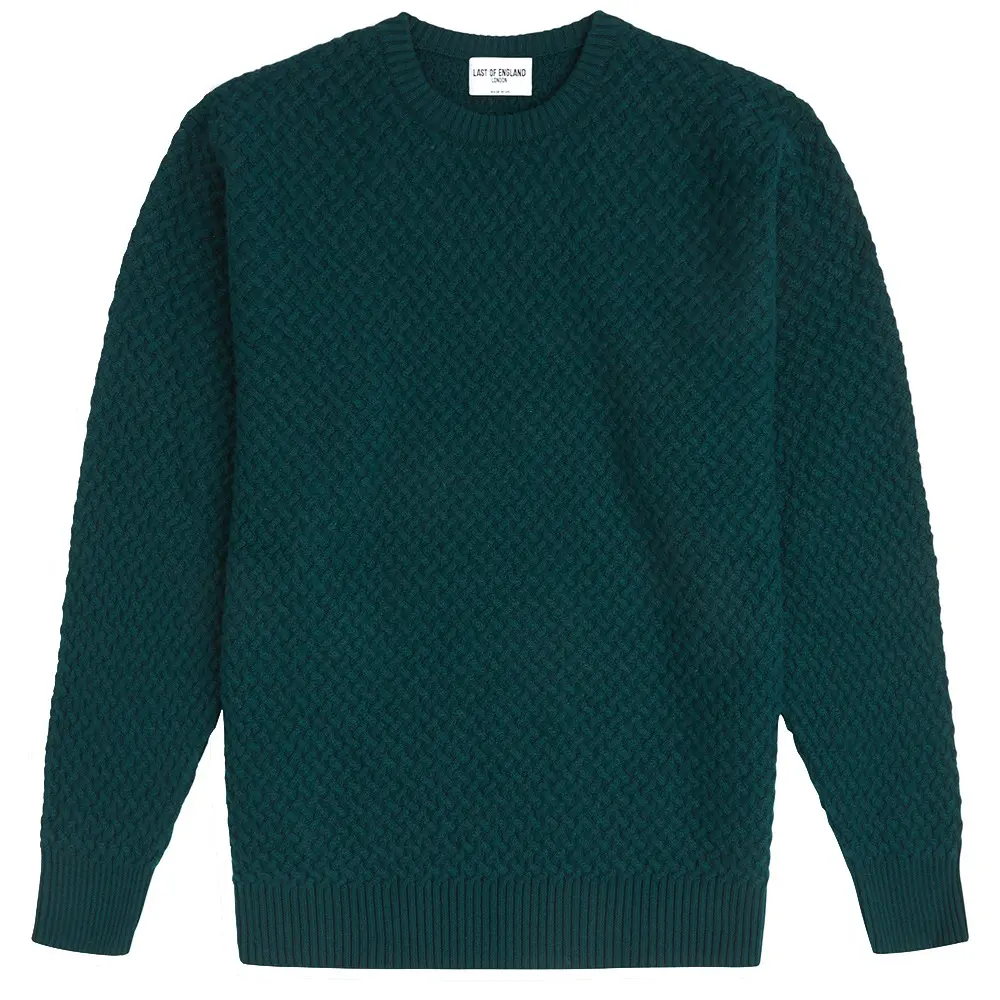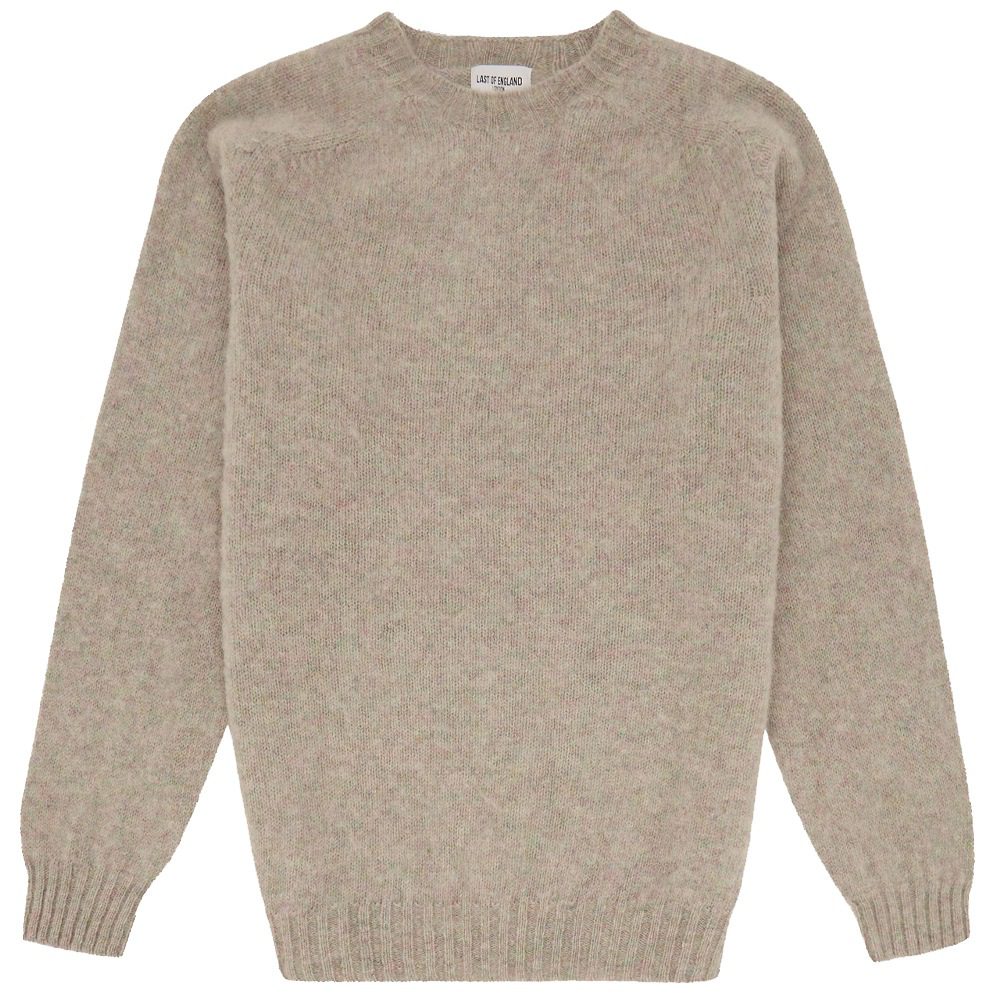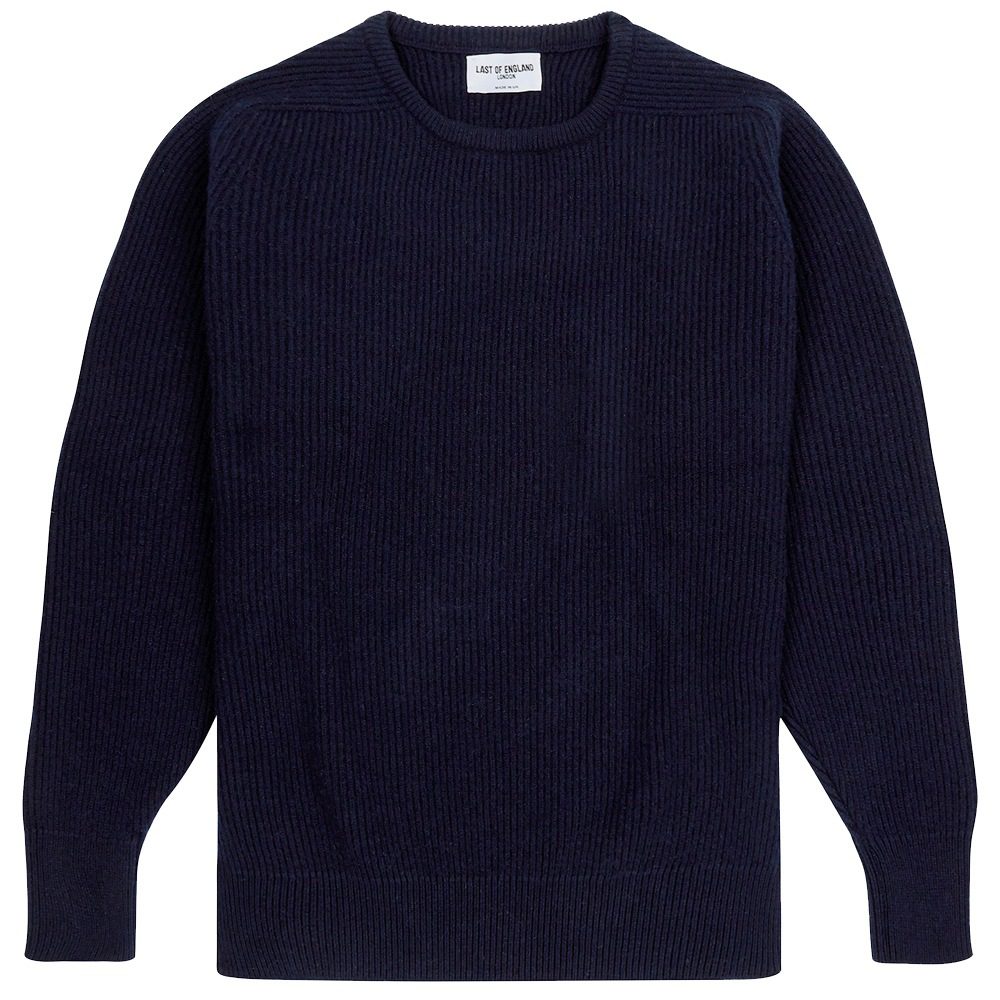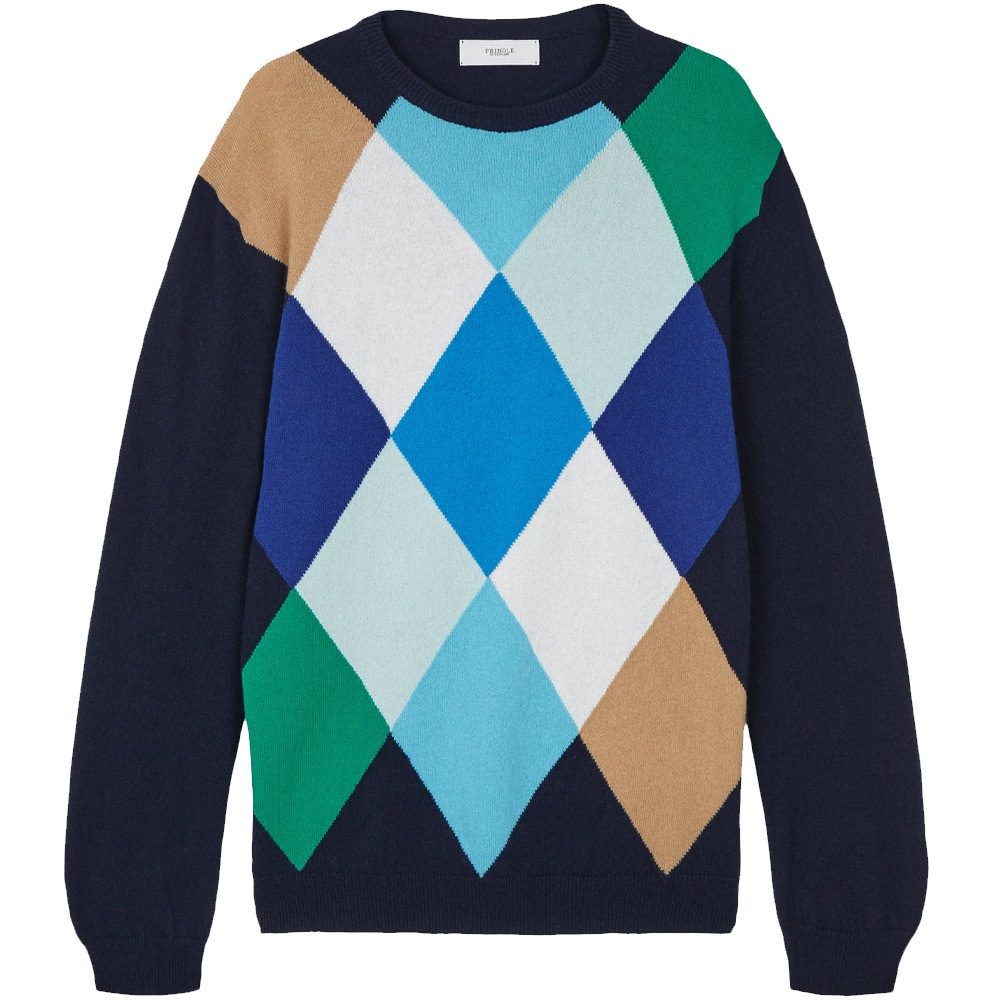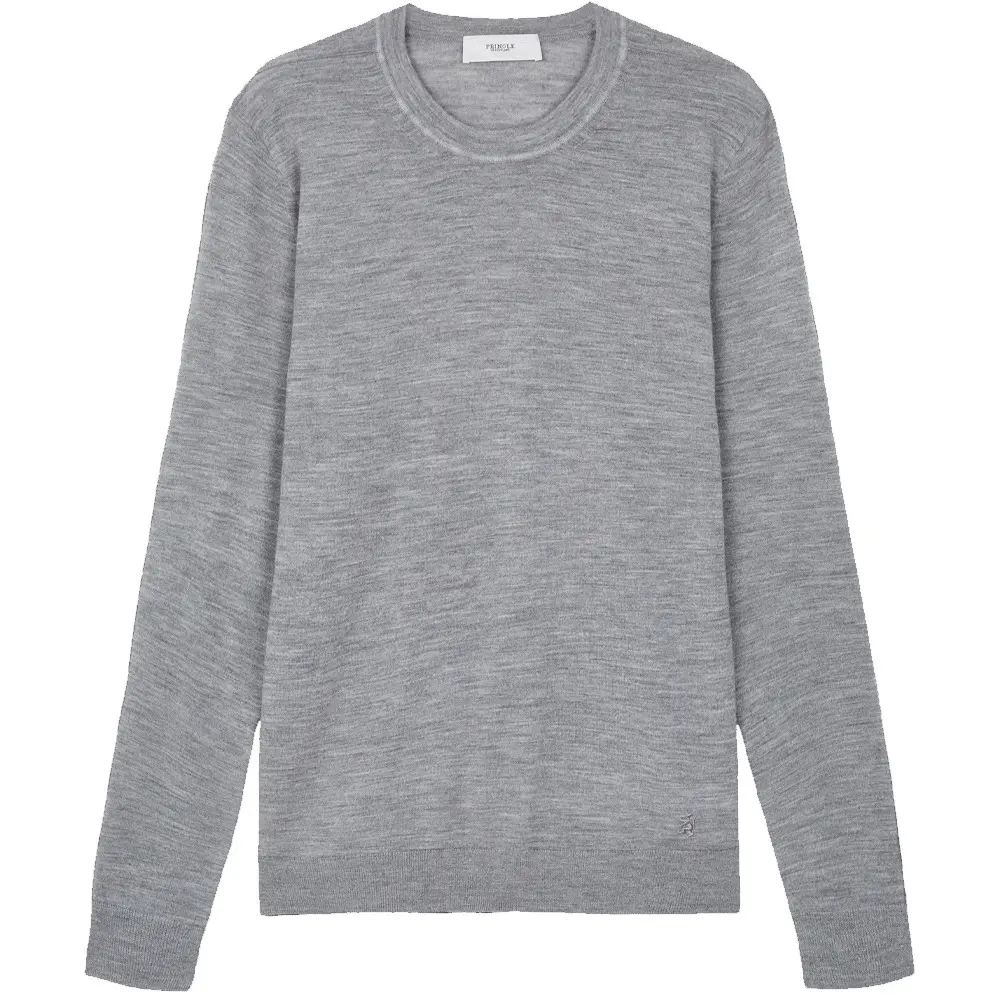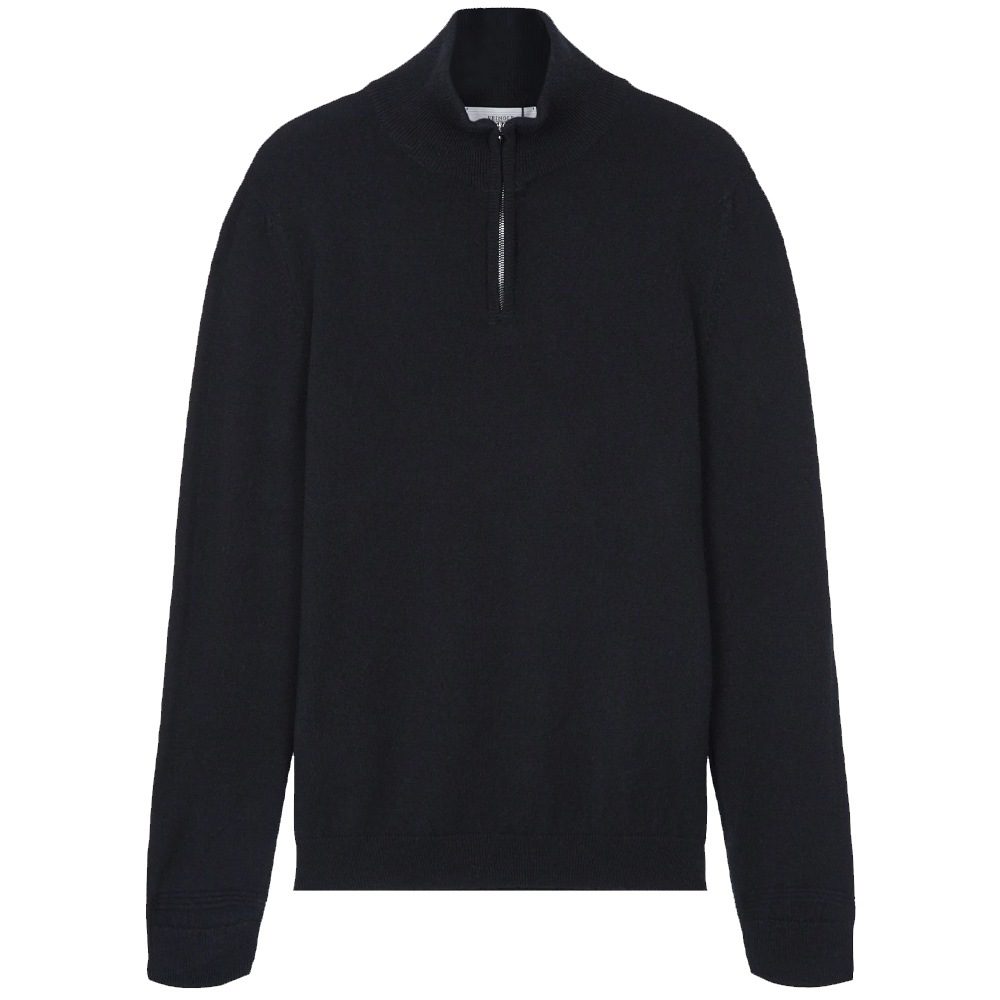The Best Men’s Knitwear Brands In 2024: Cosy & Stylish
From a purely functional point of view, it’s a wonder that there’s any demand for knitwear in the 21st century. There are, after all, all manner of Star Trekish wonder fabrics that can insulate the body – while also allowing perspiration to wick away – without knitwear’s bulk or it’s tendency to pull and to pill. These are sleek and modern too, in the way an old sweater, while cosy, can seem a little granddad.
And yet knitwear remains a staple of the male wardrobe, and probably precisely because it’s cosy: there’s snugness to knitted wool, a natural elasticity, that no techno-fabric can yet match. That’s why, although knitting wool is one of mankind’s oldest means of producing a garment (it dates to the 5th century), it’s still with us today.
As far as the basic blueprint goes, there may, at first glance, be minimal differences between one sweater and the next – colour and pattern aside of course, it’s all in the neckline, from V to crew, polo to soft collar. But look closer and there’s a whole world of texture to enjoy. Indeed, that’s what probably gives knitwear its cosiness – the tactility that comes from the wool itself and the way it’s pulled together in that simple, yet oh-so-clever, intermeshing of consecutive loops. So get your needles out, because these are the best knitwear producers in the game today.
John Smedley
Back in 1771, one Richard Arkwright invented the “spinning frame” knitting machine and opened what can claim to be the world’s first factory. Three other textile entrepreneurs emulated him. Only one business survived, at Lea Mills, Matlock in Derbyshire and now known as that of the knitwear brand John Smedley.
So, Smedley has pedigree. But it’s also played a major part in making knitwear something wearable with a suit: by driving demand for fine-gauge merino wool knitwear, which is anything but chunky. Some of its best styles – notably the Dorset, a long-sleeved polo silhouette – date to the 1930s, and look just as good today. How’s that for “timeless”?
Loro Piana
The Italian family firm takes textiles rather seriously. This is the company – formed in Valsesia in 1924 by Pietro Loro Piana – that a few years ago acquired 2,000 hectares in Peru to convert into a private reservation for vicuna, the once endangered lama-like creature whose coat provides the so-called “fibre of the gods”.
And the company that, as the world’s biggest cashmere producer, convinced Chinese and Mongolian breeders to set aside small quantities of “baby cashmere”, the super-soft under-fleece taken from a kid’s coat on its first (and only on its first) combing – 19 kids’ worth being required to make a single sweater. Unsurprisingly, such a sweater does not come cheap. But if you want the last word in luxury knitwear, right here is where you start to pay.
Lyle & Scott
Readers of a certain age will recall Ronnie Corbett’s preference for wearing a Lyle & Scott v-neck sweater for his wonderfully tangential seated joke-telling on The Two Ronnies. Corbett is, like many a golden era entertainer it seems, a keen golfer. So it’s small surprise that Lyle & Scott would be his first choice.
The company was initially founded in 1874 as an underwear manufacturer – back when most underwear was made of wool too – Hawick, Scotland, something of a mecca for British knitwear manufacturers (see also Jamieson’s of Scotland, Johnson’s of Elgin etc). Jump forward to the late 1960s and its knitwear would become a staple of golfers the likes of Tony Jacklin and Greg Norman. But not only them: that little golden eagle logo would find a Mod and later Casual appeal too.
Missoni
Now more a head-to-toe brand, when, in 1953, Ottavio and Rosita Missoni set up the company that would in time carry their name, it was all about their knitwear. But if British knitters stuck to solid dependable staples in solid dependable shades, Missoni went all out: boldly colourful and textural knitwear using upscale yarns the likes of cashmere, yak, alpaca and silk blends, with intarsia and embroidery, patchwork and unusual silhouettes all thrown in.
Not for nothing was the company originally called “Maglificio Jolly” – which roughly translates as “Joker Knitwear”. Still, to come up with some signature crazy patterns required ingenuity – when the company launched it re-engineered the rather limiting knitting machines then available to come up with its more contemporary designs.
Wayside Flower
Founded on the East Yorkshire coast – where a hefty sweater really comes in handy – Stephen Banks’ Wayside Flower brand is one of the UK’s last producers of fully-hand-made guernseys (or ganseys, depending on your location). And they’re beauties too – not just for their variety of patterns, many of which can be traced to specific small local fishing communities going back centuries (so, darkly, souls lost at sea could be identified), but for their subtle updating too: using worsted wool dyed the shade of “denim”, for example.
Undoubtedly the hardiest of sweaters, the gansey may not be streamlined, but nothing else will keep you as warm.
Last of England
Making knitwear is such a traditional process that almost inevitably most of the leading companies in this field have been at it for generations. Not so Tom Heber-Percy’s young brand Last of England (featured image, top) which, as the name suggests, uses British wools and manufacturing to produce some of the most subtly modern knitwear pieces available today.
It’s all about the needlework: from moss stitch to honeycomb, ribbed to basket weave, these sweaters find their distinctiveness, as all knitwear should, in their tactility. A neat crew or deep V are the brand’s preferred neck shapes, though it’s recently introduced a Shetland jumper with a ribbed neck band.
Pringle of Scotland
It’s an odd enough name, even given that it’s been somewhat overtaken by a tube of crisps. But Pringle was named after its founder, Robert Pringle, way back in 1815. Indeed, Pringle is said to have coined the term “knitwear” for its own knitted outerwear line, and may have pioneered the use of cashmere in sweaters and made the first cardigans to boot.
In other words, if there’s new knitting to be done, likely Pringle has been doing it. The Queen’s beloved twin-sets? Almost certainly Pringle. The Argyle diamond patterned knitwear, as made popular by that fashion influencer the Duke of Windsor? Pringle again. It’s with this pattern, of course, that Pringle would become synonymous – especially at the 19th hole.
